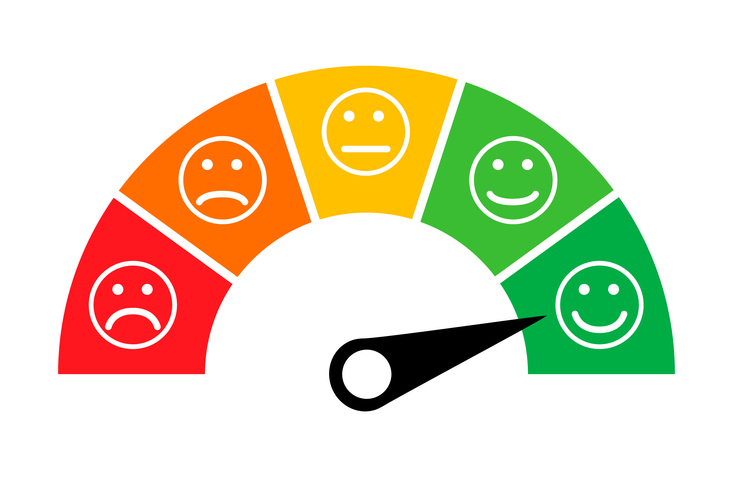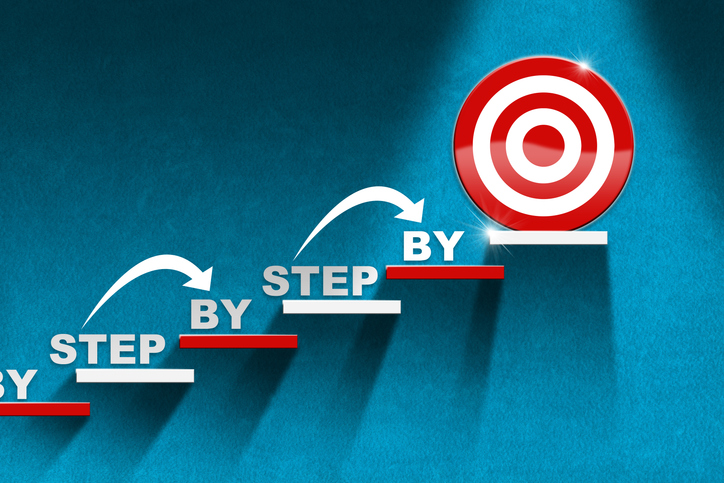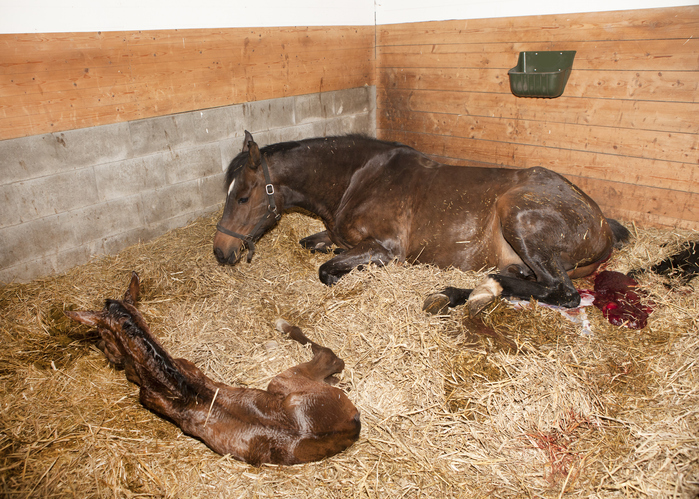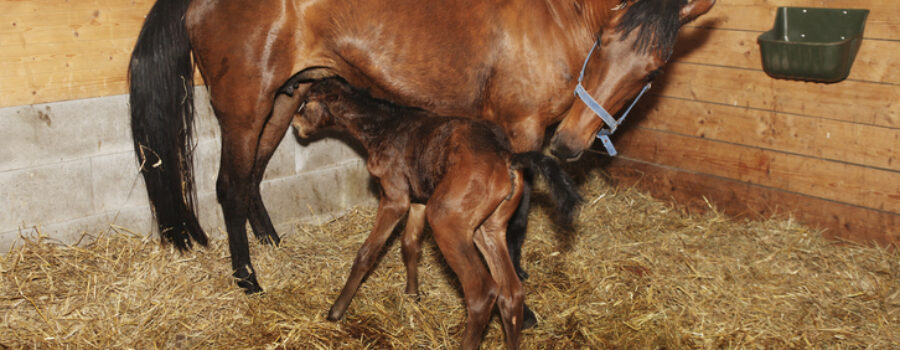If you’re passionate about horse racing and eager to jump into the thoroughbred industry, you might think the key to success lies in buying race-ready champions. However, the real trick to long-term success and satisfaction is in breeding your own racehorses.
Here are six compelling reasons why new investors should focus on breeding rather than buying racehorses.

1. Control Over Bloodlines When Breeding Racehorses
When you breed your own racehorses, you have complete control over the bloodlines. This means you can pair stallions and mares with the best traits to produce a potential champion.
For example, if you have a mare with a strong racing history and a stallion known for passing on stamina, their offspring could inherit both speed and endurance. This strategic planning is impossible when buying already trained horses, as you’re stuck with the genetics they’ve been given.
Here’s what to do next when breeding racehorses:
- Research Bloodlines: Study successful racehorses and their pedigrees.
- Choose a Reputable Breeder: Find breeders known for producing quality stock.
- Plan Your Pairings: Select mares and stallions whose traits complement each other.
By focusing on breeding, you’re not just buying potential; you’re creating it.

2. Long-Term Investment Benefits
Breeding racehorses is a long-term investment with potentially higher returns than buying race-ready horses. When you breed, you can sell offspring at auctions or retain them for racing, giving you multiple revenue streams.
Consider this: A well-bred foal can fetch a high price at a yearling sale. If you choose to race the horse, any winnings add to your earnings, and successful racehorses can later be sold or bred to produce even more valuable offspring.
Steps to maximize your investment:
- Track Market Trends: Stay updated on what bloodlines and traits are in demand.
- Build Relationships: Network with industry professionals to get the best breeding deals.
- Invest in Quality: Sometimes spending more on a top-notch mare or stallion pays off significantly in the long run.
Investing in breeding can yield exponential returns over time, securing your financial future in the industry.

3. Personal Satisfaction and Legacy
There’s an unmatched sense of pride and satisfaction in watching a horse you bred cross the finish line first. This personal connection can be more fulfilling than simply buying a champion.
For instance, imagine the pride you’ll feel when your homebred horse wins its first race, knowing you played a crucial role in its journey from birth to victory. This accomplishment is part of the legacy you’ll leave in the racing world.
To get started breeding racehorses, follow these steps:
- Set Personal Goals: Define what success looks like for you in breeding.
- Keep Detailed Records: Document breeding choices and outcomes to improve over time.
- Celebrate Milestones: Recognize and reward achievements, no matter how small.
Creating a legacy through breeding brings emotional rewards that go beyond financial gain.

4. Learning and Growth Opportunities
Breeding racehorses requires a deep understanding of genetics, nutrition and training. This process is a fantastic learning opportunity that can make you a more knowledgeable and capable investor.
For example, as you explore breeding, you’ll learn about equine genetics, the importance of mare and foal care and how to prepare young horses for sale or racing. This knowledge is invaluable and can set you apart in the industry.
Here’s what to do next:
- Educate Yourself: Take courses on equine science and genetics.
- Consult Experts: Work with veterinarians and experienced breeders.
- Hands-On Experience: Spend time at breeding farms to gain practical insights.
By focusing on breeding, you’ll continuously expand your expertise, making you a formidable player in the thoroughbred industry.

5. Creating Unique Competitive Advantages
Breeding allows you to develop unique bloodlines that competitors might not have. This exclusivity can be a significant competitive advantage.
For example, by consistently pairing top-performing stallions with high-quality mares, you can create a pedigree that stands out in the market. Buyers will seek out your stock for their proven success.
Steps to establish your competitive edge:
- Identify Market Gaps: Look for traits and bloodlines that are in high demand but underrepresented.
- Build a Brand: Market your breeding operation as a source of top-tier racehorses.
- Maintain High Standards: Ensure every horse you breed meets the highest quality criteria.
Creating a unique competitive advantage through breeding can position you as a leader in the industry.

6. Financial Flexibility and Risk Management
Breeding racehorses provides financial flexibility and a way to manage risks better than buying ready-to-race horses. When you own the breeding stock, you can adjust your strategy based on market conditions and personal goals.
For instance, if the market for yearlings is down, you can decide to race your horses instead of selling them, waiting for a more favorable time to sell.
Here are 3 steps to manage risks of breeding racehorses:
- Diversify Your Stock: Breed horses with varying traits to appeal to different market segments.
- Monitor Market Trends: Stay informed about market fluctuations to adjust your strategy accordingly.
- Keep Options Open: Be prepared to race or sell based on what’s most advantageous at the time.
This financial flexibility allows you to navigate the market more skillfully, ensuring sustained success.

Conclusion
Focusing on breeding rather than buying racehorses offers new investors in the thoroughbred industry numerous benefits. By taking control of bloodlines, making long-term investments, finding personal satisfaction, learning and growing, creating competitive advantages and managing financial risks, you set yourself up for informed decision-making and greater confidence in achieving success.
So, get started on your breeding journey today, and watch your efforts turn into winning results!







Recent Comments